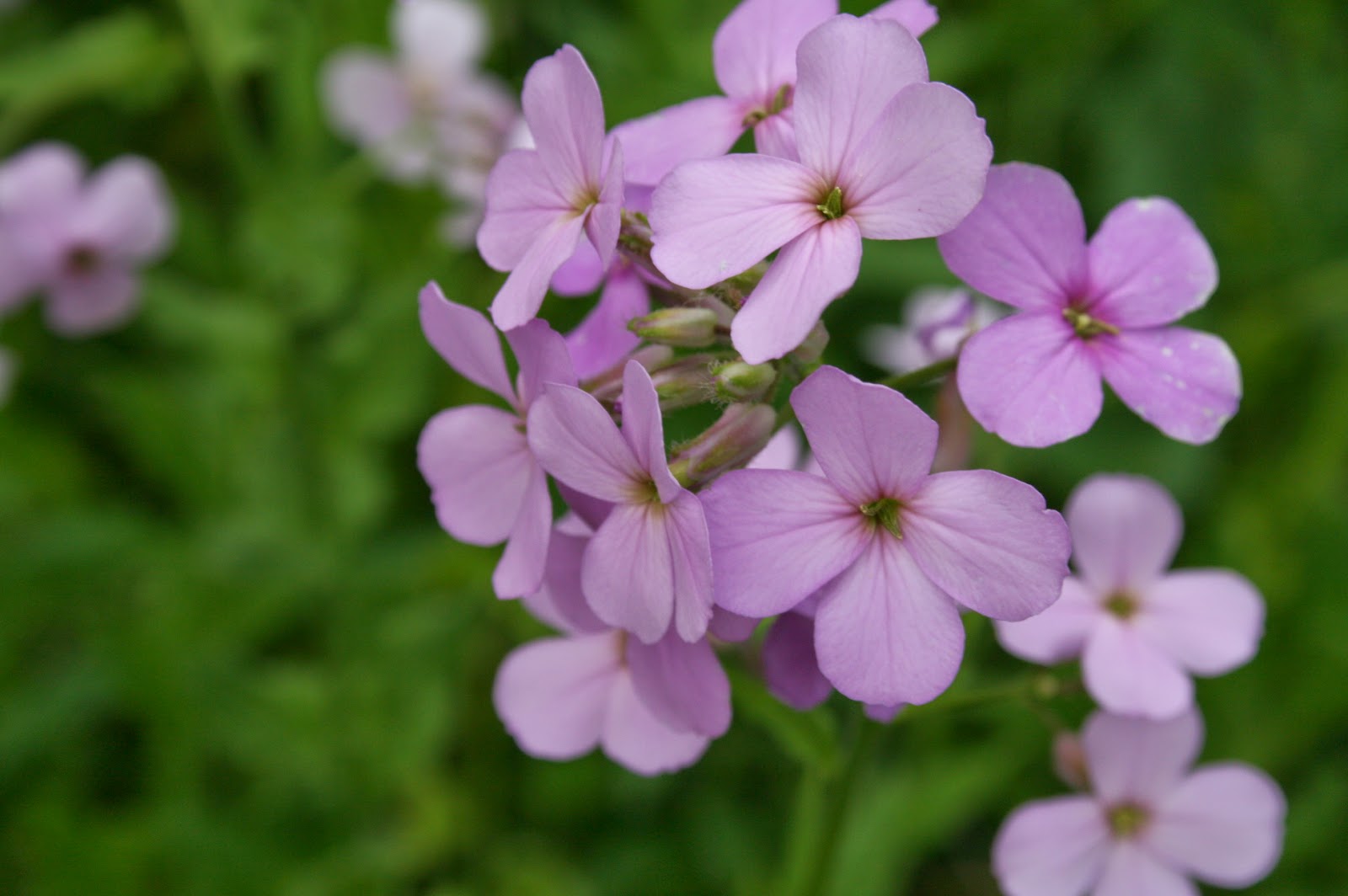Weaving History - Cloth
If you look at paintings from the time period, you rarely find clothes with any of these weaving patterns in them. The main reason was then, like now, people purchased their cloth from elsewhere. The people who could afford to hire a portraitist rarely made their clothes. Even the average housewife purchased cloth to make her family's clothing. Most likely, it was women on the frontiers who wove the cloth to make clothes, but even that was fairly rare.
The Average Community
It has come down to us, through historical studies, films and books that women spent their time weaving. A more accurate image would have to include few women weaving. As far back as the sixteenth century, the British Isles had areas developing into weaving centers. By the time the late Eighteenth Century arrived, areas such as Ulster, Ireland, Wiltshire and Yorkshire in England were known as weaving centers. In fact, according to one book I read, the inhabitants of Colonial Pennsylvania grew flax specifically for the Ulster linen mills.
To put this into perspective, it takes an average of six to twelve spinners to keep one weaver supplied with yarn. Besides, professional weavers were invariably men whether acting as a journeyman weaver or as a stationary weaver with a business to support.
The average colonial housewife simply purchased the majority of her cloth either through the local general store or from a traveling merchant. In the off chance she couldn't find something, she could order it. An interesting book called The Weaver's Craft: Cloth, Commerce and Industry in Early Pennsylvania by Adrienne D. Hood, focused on the colonial era of Pennsylvania's state history, specifically looking at Chester County. According to her, early in colonial history, the domestic production of woven goods simply could not keep up with demand.
The Average Housewife
Because of the time involved to create the yarn for weaving, most people left it up to professionals to create the products. Most colonists who owned land also owned sheep. While wool comes from sheep, meat also comes from sheep which was a primary reason to keep a flock of sheep on the property, in addition to harvesting their wool in the early spring. The sheep that survived the slaughter lived to provide lambs and wool the following year.
For many housewives who lived on a farm, the wool was minimal, and often used to create smaller items for their families: mittens, gloves and socks. She might save up a couple years worth of yarn for a blanket, but she would have needed to find a weaver. Looms, like now, are an expensive investment, and hardly worth the time if it is easier to find the cloth elsewhere.
In a town like Lancaster which was the largest inland city up until the turn of the nineteenth century, weaving cloth for one's family was unnecessary. Much like today, it was simply more economical to purchase the cloth from overseas.
According to Hood, the average housewife knew she would have to count on having around fifteen yards of material for new clothing every two years for both her and her husband, and any other adults in her home. For her children, she might need an average of three yards every year, depending on how much hand-me-downs could be collected1.
It wasn't until the British began an embargo against imported textiles that American domestic textile production began to develop. The groundwork was already laid since there were weavers in the colonies. Colonists who settled in Pennsylvania came from weaving centers in England, Ireland and Germany. Descendants of some of the Huguenots were also weavers. In Spitalfields, London, a large population of Huguenots lived and controlled the silk weaving trade alongside Irish weavers.
As the need for domestic production increased, the colonists either smuggled cloth into the country or they began weaving domestically. Both were common, and both contributed to the cloth to be found in colonial Lancaster County.
1. Hood, Adrienne D. The Weaver's Craft: Cloth, Commerce and Industry in Early Pennsylvania. Philadelphia; University of Pennsylvania Press: 2003.



Comments
Post a Comment